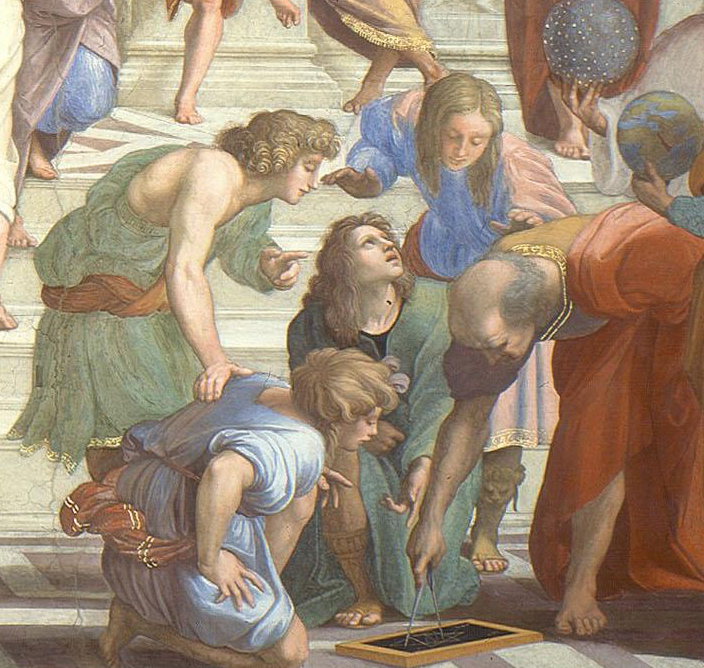Of all the forms of narrative art, book illustrations seem closest to the written word. Caxton’s Mirror of the World (1481) — the first illustrated book published in England — set that nation’s precedent for a close relation between word and image. Even earlier, though, illuminated manuscripts, such as the Limbourg Brother’s Très Riches Heures included on this site, harken back to times when the alliance of words and images — often on mediums as different as stone and textile — supported each other in their efforts to provide the reader/viewer with a memorable experience.
Beginning in the nineteenth century, book illustrations expanded to inclde comic broadsheets and their progeny, the comic strip and graphic novels. In both cases, the words and images often evolved together in the writer-artist’s mind, becoming thereby a fully-integrated work created by a single person. And in the twenty-first century, the emergence of new digital tools and an unprecedented opportunity for distribution over the internet have allowed for artists from all over the world to give new forms to the marriage of word and image.
E.M. Forster, The Macine Stops (1909), illustrated by Wally Wood as Blobs (1952)
Clicking the image below will take you to a Slideshare version of the story. After viewing the Slideshare panels, close that window and this page will reappear.















